Calendula is one of my very favorite herbs to grow in the garden. The bright, cheerful flowers provide a splash of color in the autumn months and bring light to even the dreariest of chilly days.
On crisp fall mornings, I like to stroll through my little patch of golden flowers and each day I am pleasantly surprised with fresh blooms.
Calendula, aka pot marigold, is a flowering herb in the Asteraceae family with showy orange and yellow flowers. It thrives in the cool temperatures of spring and fall.
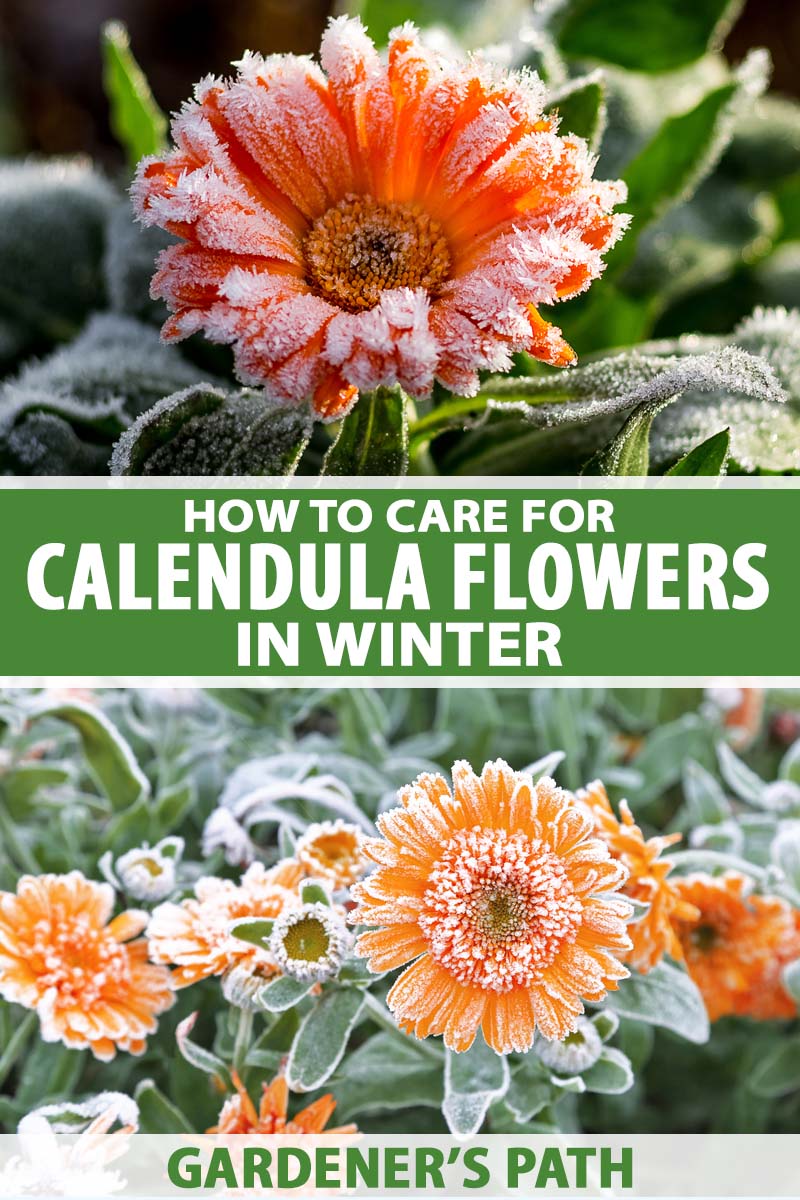
We link to vendors to help you find relevant products. If you buy from one of our links, we may earn a commission.
The blossoms are short lived, but with diligent deadheading they will bloom prolifically. And don’t toss away the flowers, this traditional medicinal herb makes a delightful tea or infused oil.
Though calendula plants can tolerate a light frost, they will not survive harsh northern winters.
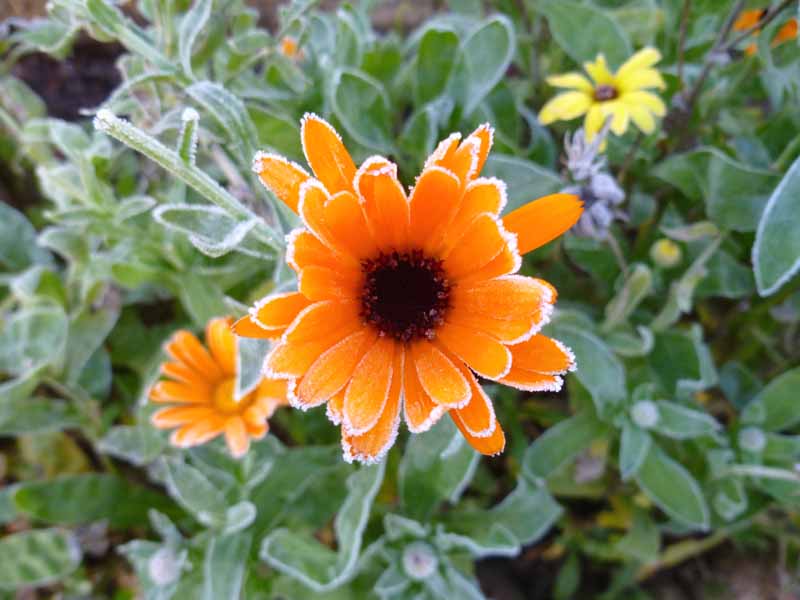
Those in warmer climates, however, can expect it to bloom all winter long!
Read on to learn how to keep pot marigold plants going strong well into the winter.
What You’ll Learn
It Depends on Your Climate
Technically a short-lived perennial, calendula is typically grown as an annual. It prefers cool temperatures and in warmer regions plants may stop blooming in temperatures above 85°F.
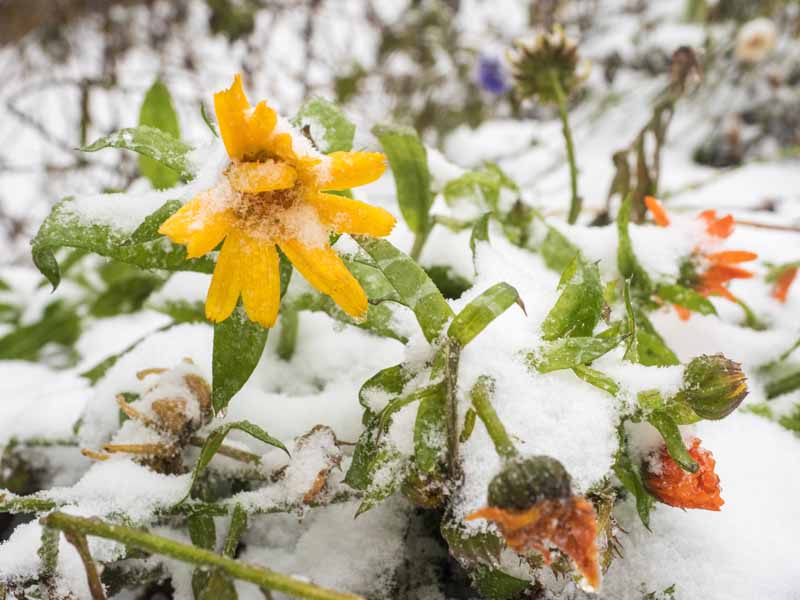
In cold climates, plants will die off in a hard frost and seeds will need to be resown the following year.
Luckily, this plant self-seeds very easily. Towards the end of the season, simply leave a few flowers on the plant to set seed and new plants will pop up the following spring.
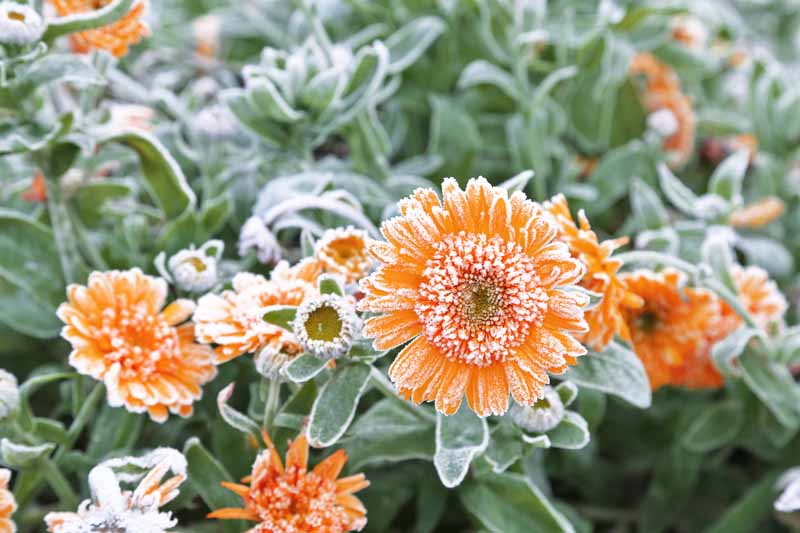
In Zones 8 and higher, seeds can be sown in the fall and plants will continue to bloom through the winter, bringing light and cheer to the shorter days.
Winter Planting
For a steady supply of pot marigold, in mild climates (Zones 8 and above) you can sow seeds in place or in flats in late summer to early fall for winter blooms.
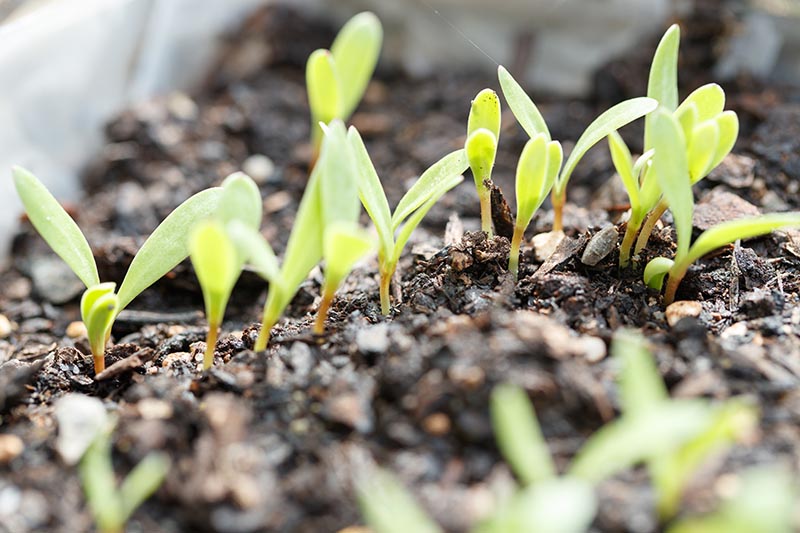
You can find full cultivation instructions in our guide to growing calendula, but here’s a quick recap:
To sow outdoors, simply broadcast seeds in a full sun location and cover with 1/4 to 1/2 inch of soil, gently tamping down. You can also start seeds in pots, and set out transplants six to eight weeks before the first frost.
Deadhead spent blooms to prolong flowering. The show should continue through the winter into spring, and plants will die back during the summer heat and when nighttime temperatures rise above 60°F.
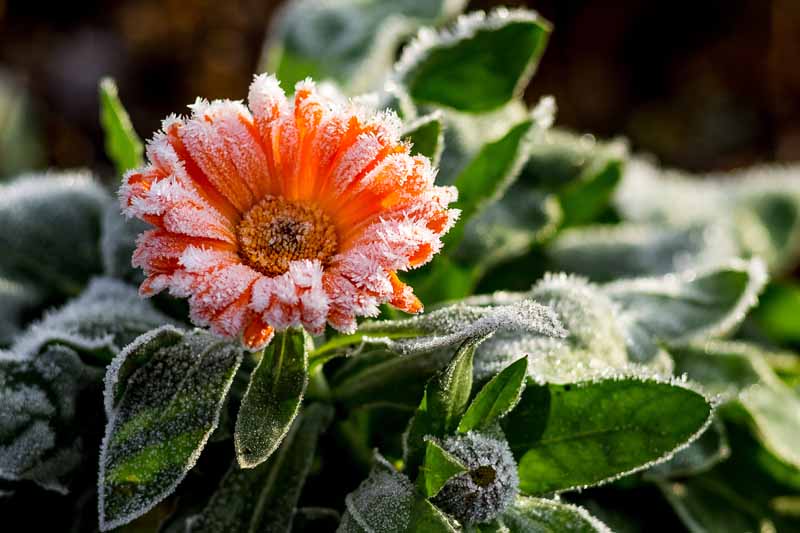
The shorter days of winter mean less direct sunlight and water evaporation, so plants typically need much less water during the winter months.
In most regions, supplemental irrigation isn’t generally necessary between mid-November and February. You only need to provide additional water if the soil feels dried out to an inch down.
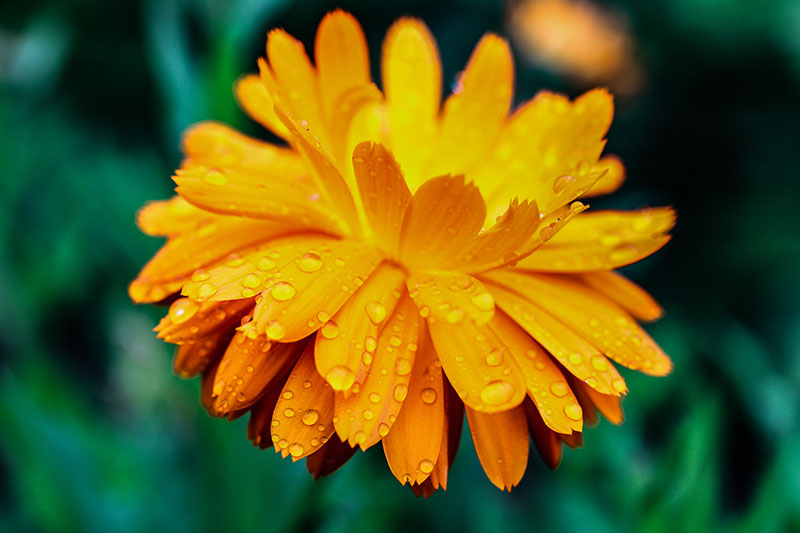
A layer of mulch will also help the soil retain water during the cooler months. A few inches of wood chips, shredded leaves, or straw will help the soil maintain a consistent level of moisture as well as provide some protection from unexpected frosts.
Extending Blooms in Cold Climates
In colder growing zones where plants will ultimately be killed by a hard freeze, you can still extend bloom time later into the fall by taking steps to protect them from early hard frosts.
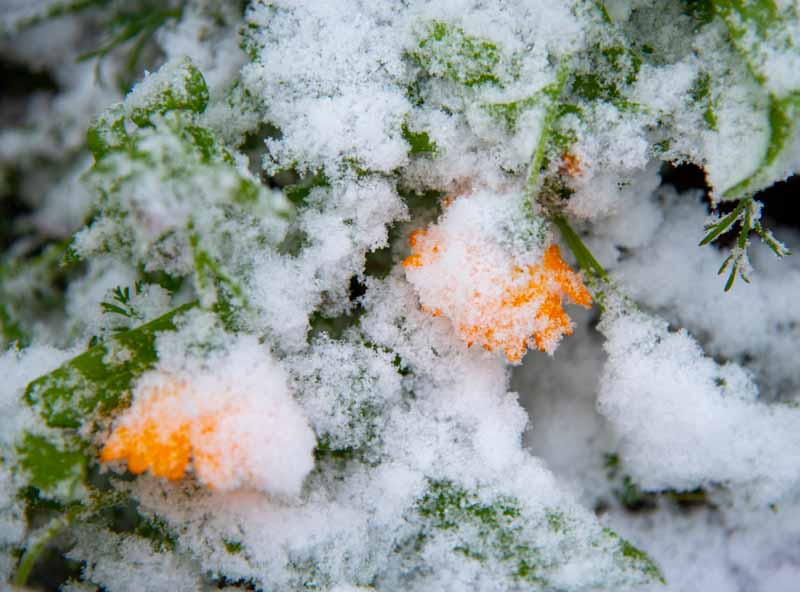
When frost is in the forecast, you can protect your plants by covering them with a frost blanket overnight. If possible use hoops or stakes to prevent the fabric from touching the foliage. Remove the blanket the following morning.
And don’t forget to mulch! Three to four inches of mulch around the plants insulates the soil and keeps the flowers better protected during cold snaps.
Bring Containers Indoors
If you are growing your pot marigold in containers, you can bring it indoors for the winter months.
You’ll need to find a bright location with a consistent daytime temperature of 70-75°F for best results. Maintain even moisture with regular watering.
Learn more about how to grow calendula in containers in our guide (coming soon!).
Brighten up Those Dreary Days
When those cold dark days begin to get you down, count on warm and sunny pot marigold to lighten the mood.
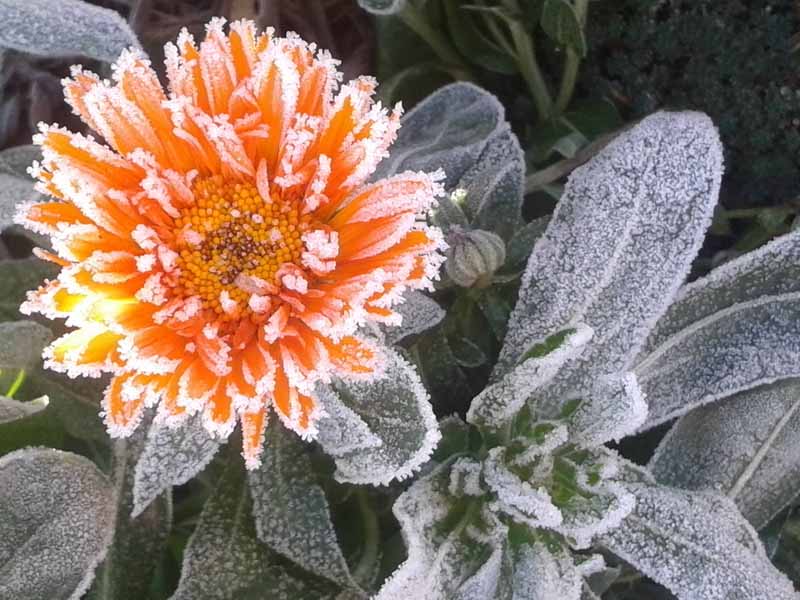
And if you are lucky enough to live in a location where winters are mild, be sure to plant some calendula this fall for a burst of color all through the winter.
Have you ever grown calendula in the winter months? Share your experience in the comments below!
For more information about growing calendula flowers, check out these guides next:
© Ask the Experts, LLC. ALL RIGHTS RESERVED. See our TOS for more details. Uncredited photos: Shutterstock.
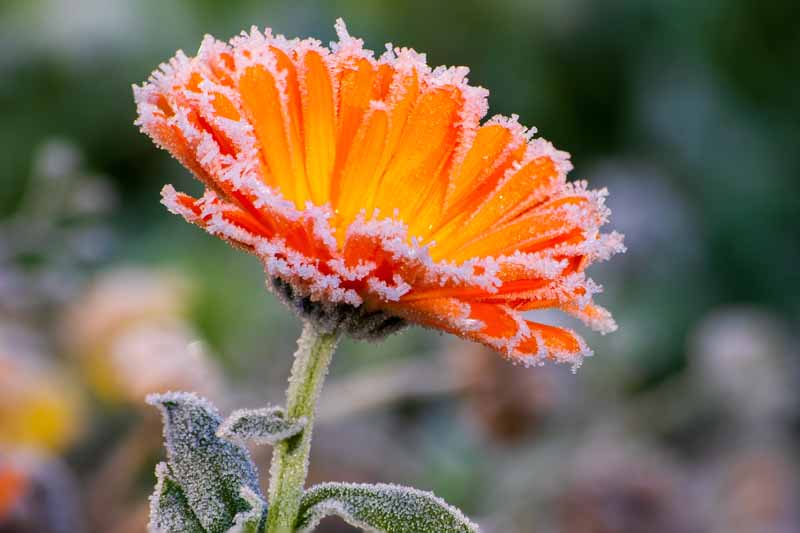
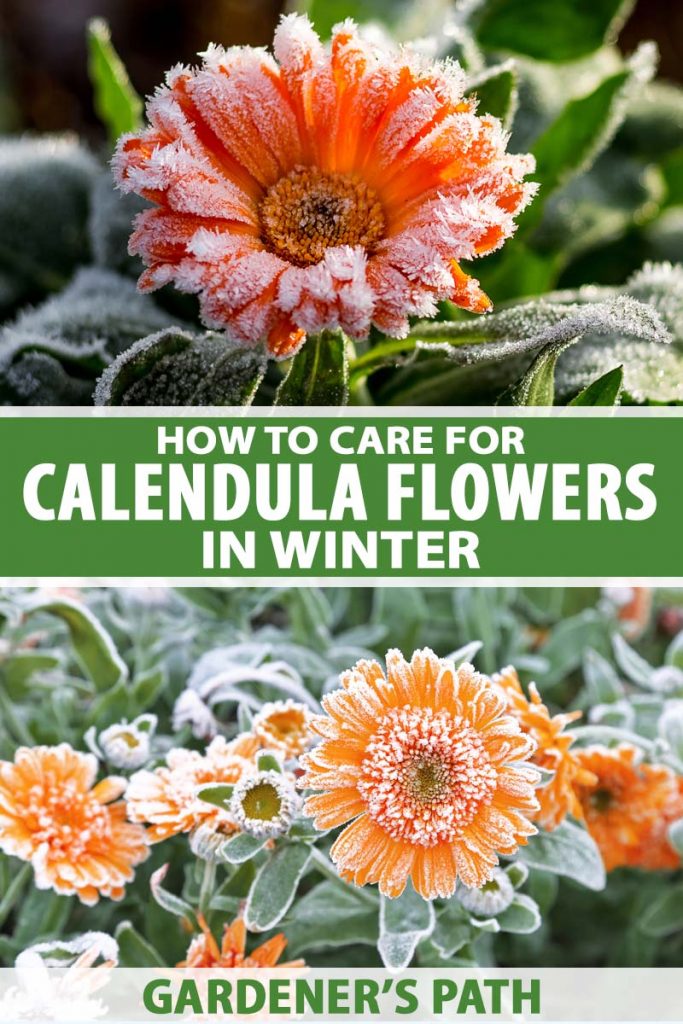
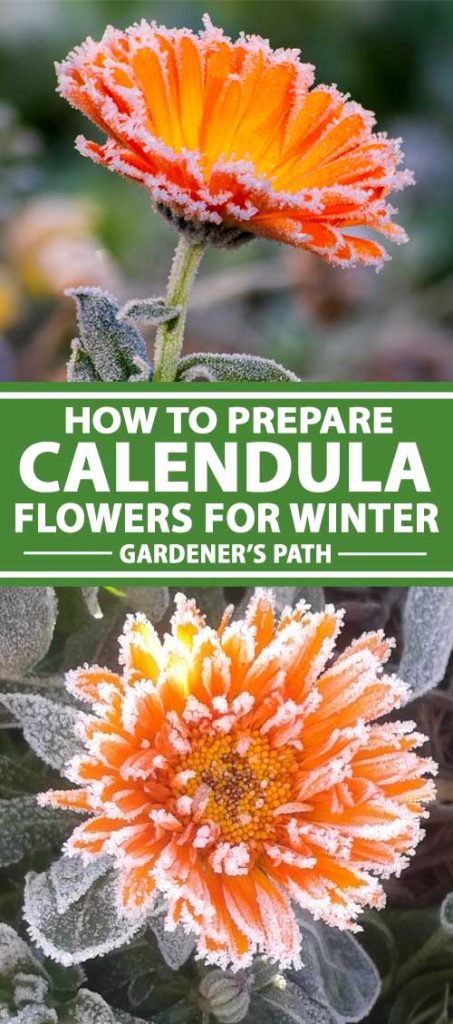
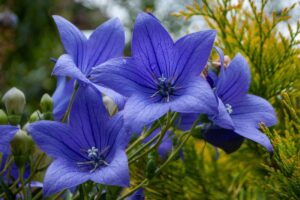
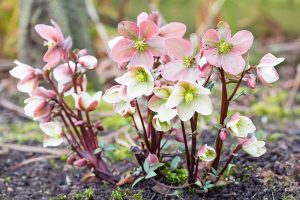
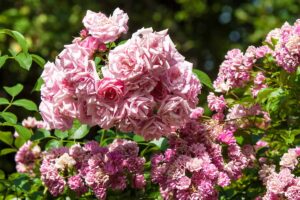
Nice flower